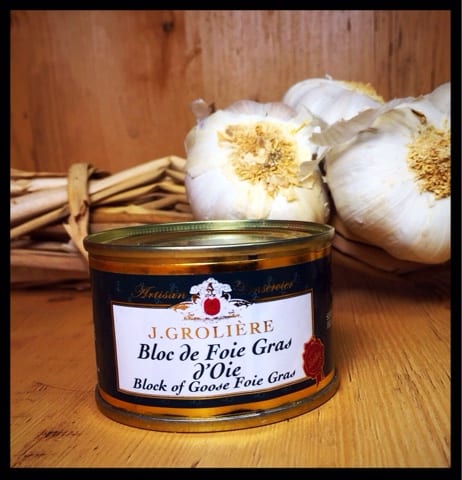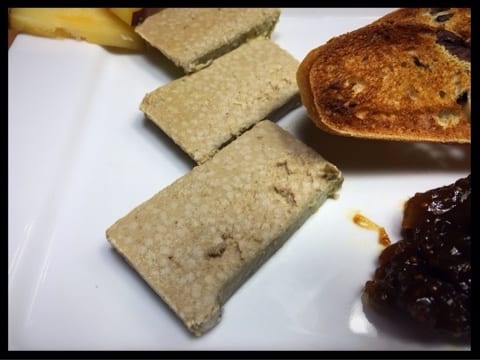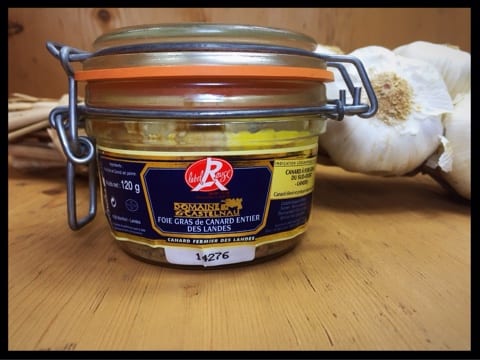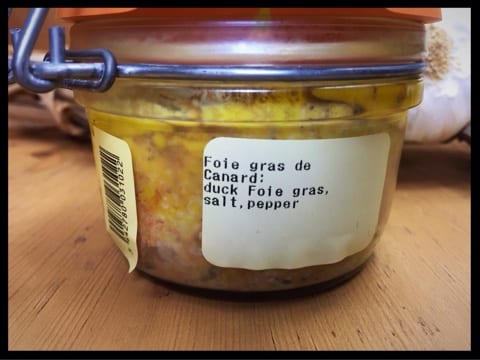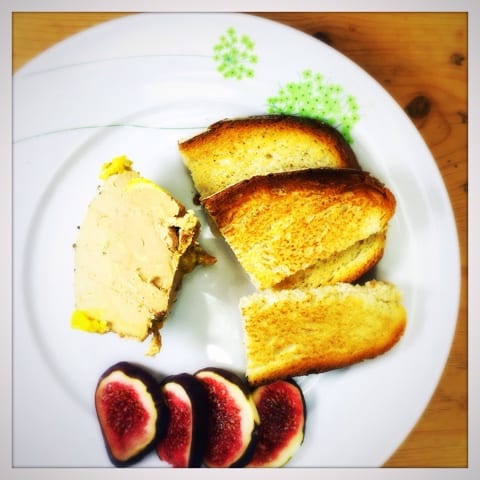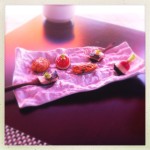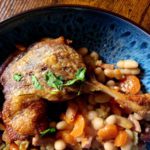On our recent trip to the Loire Valley, we noticed that foie gras was omnipresent on restaurant menus. It was France after all but it’s something you rarely ever see in the UK, mainly because of how it’s produced: birds are force-fed to make the “fat liver”. But if you’re happy to guzzle milk from an animal that’s been artificially inseminated then had its babies taken away to live a life of forced lactation, can you really pontificate?
It isn’t going to disappear soon either as it “belongs to the protected cultural and gastronomical heritage of France” and so when in Rome…(or the Loire) we sampled some local foie gras washed down with a local sweet wine. It was deliciously smooth, creamy and full of flavour! On returning home we were looking for something of similar quality but didn’t want stung by the prices at the airport, and then we came across Foie Gras Gourmet.
The prices were reasonable and the store has Label Rouge products listed (this is the French standard for quality) as well as PGI (Protected Geographical Indication) status labelling which provides traceability of product, hygiene standards and guarantees that the birds have access to grass runs. Inspections by certified bodies are also required so we believe the animals are looked after and not forced into a life of abject misery – the force-feeding is for a 12 – 17 day period (depending on the species) and not the birds’ entire life.
We are pet owners and love animals so wouldn’t condone something without doing a little research first.
And so we picked two types: one goose and one duck.
Firstly the goose. This £11 tin serves 1-2 as a starter. More information and a link to buy goose foie gras.
This tin was “bloc” meaning that pieces of foie gras are compacted together so less of a meaty liver texture and more smooth and buttery. If you like a smooth pâté, you will appreciate this. We ate ours with toast and chutney.
The £24 duck foie gras was in a Kilner-style clip top jar and much bigger serving 2-3 as a starter. More information and link to buy here.
“Entier” meaning that the whole liver is in use here. You could see the different layers of liver and butter and to be honest it didn’t look too appetising!
The duck foie gras had a fuller more gamey taste compared to the goose. The entier style would be appreciated by those who enjoy a chunky pâté. It wasn’t as dense and creamy or enjoyable as the goose tin in our opinion.
So no need to break the bank if you fancy something a bit different (by British standards), or to remind yourself of that last trip to France. We preferred the bloc foie gras, which was more like the thick dense creamy type that we had in the Loire and perfect for our palate. We’re not big on the taste of liver (chicken liver aside) and both prefer smooth pâtés.
Foie gras can be served as a starter with items such as meat or salad, we had ours with toast and fresh figs, and as we discovered in France it is ideal with a sweet wine!
Disclaimer: we received the foie gras for free for the purpose of writing this review.

